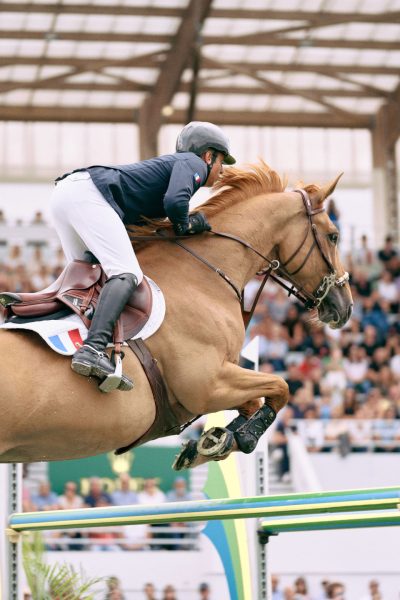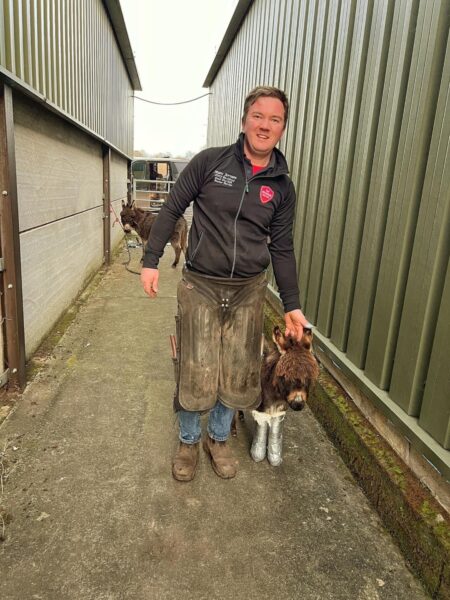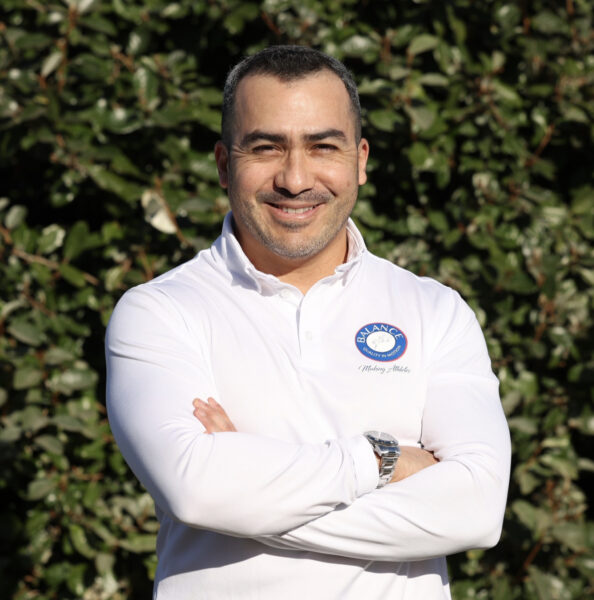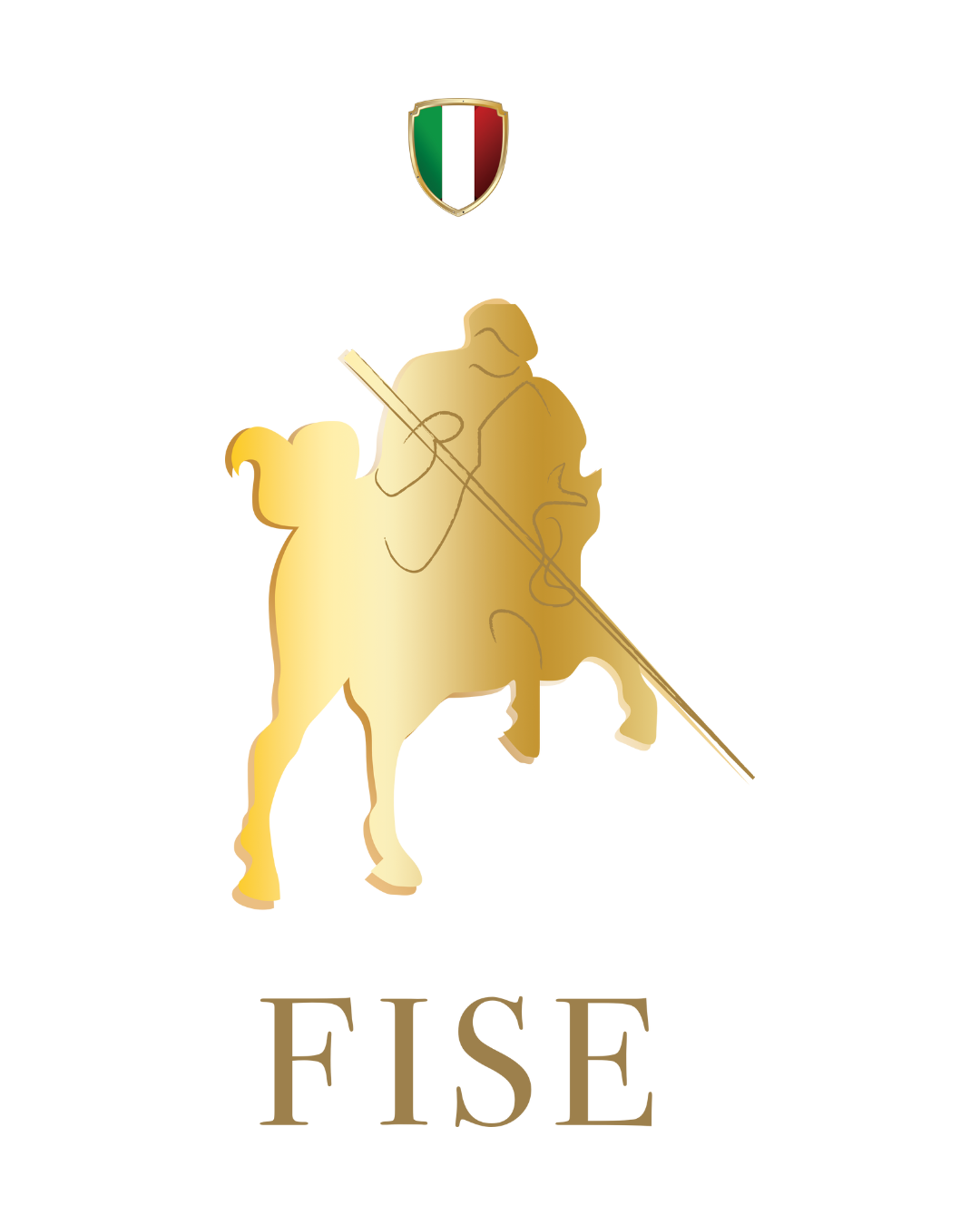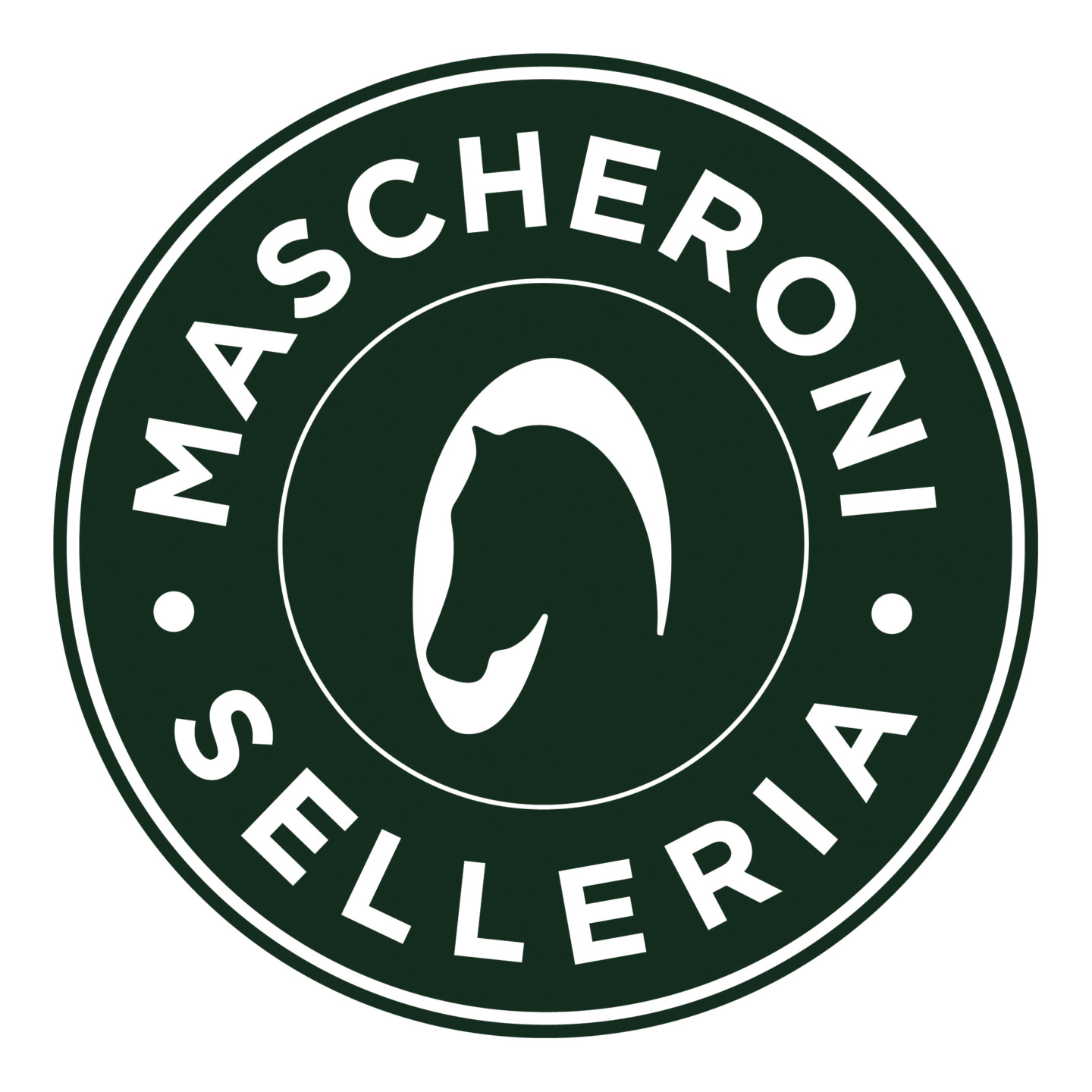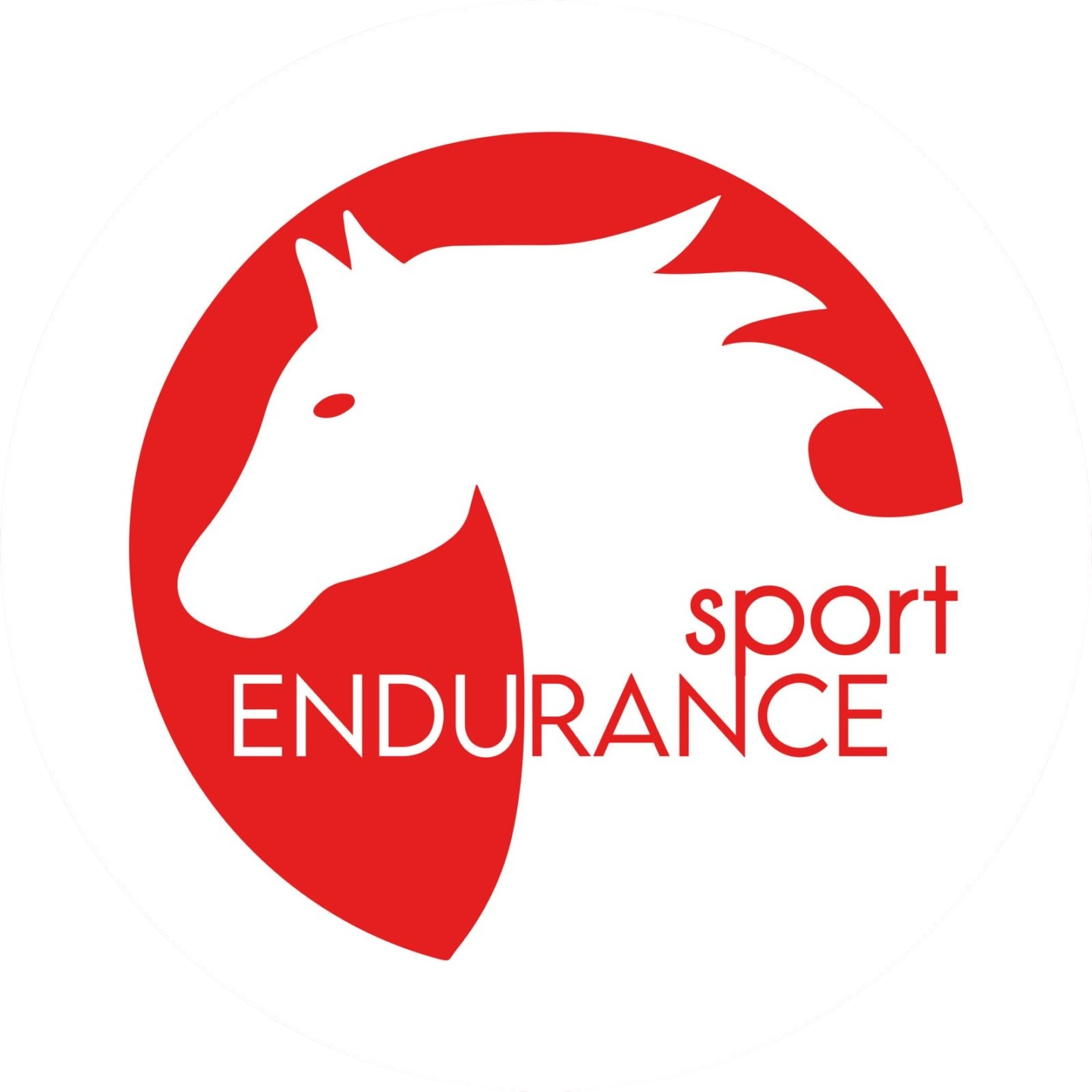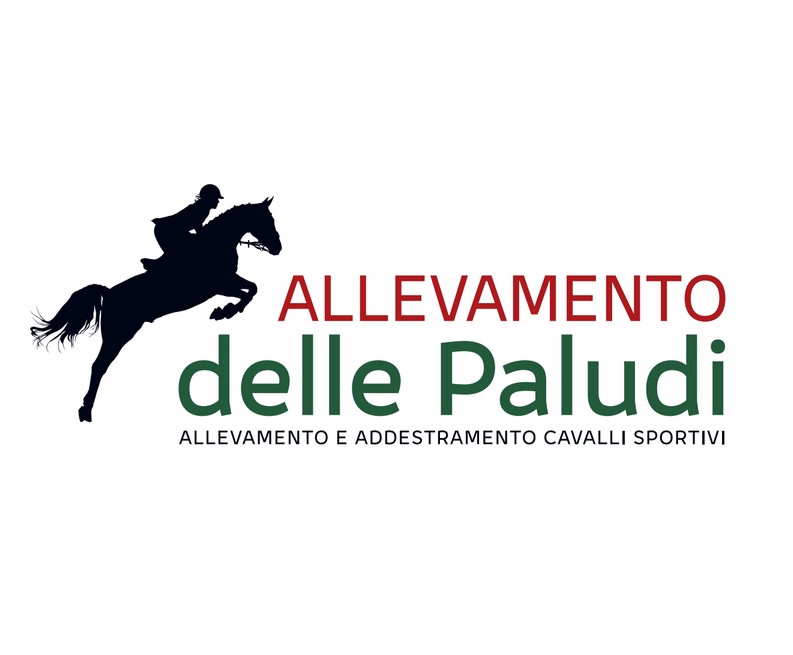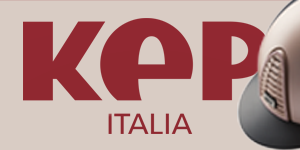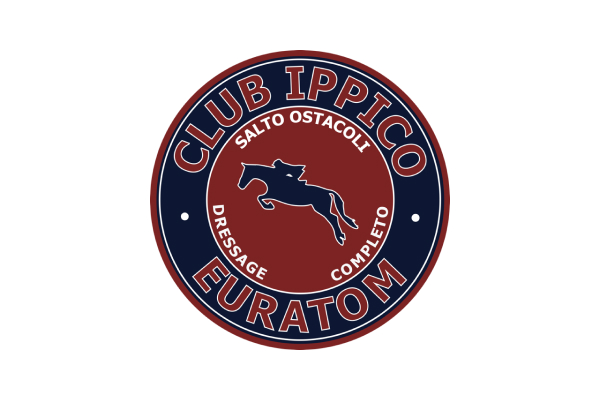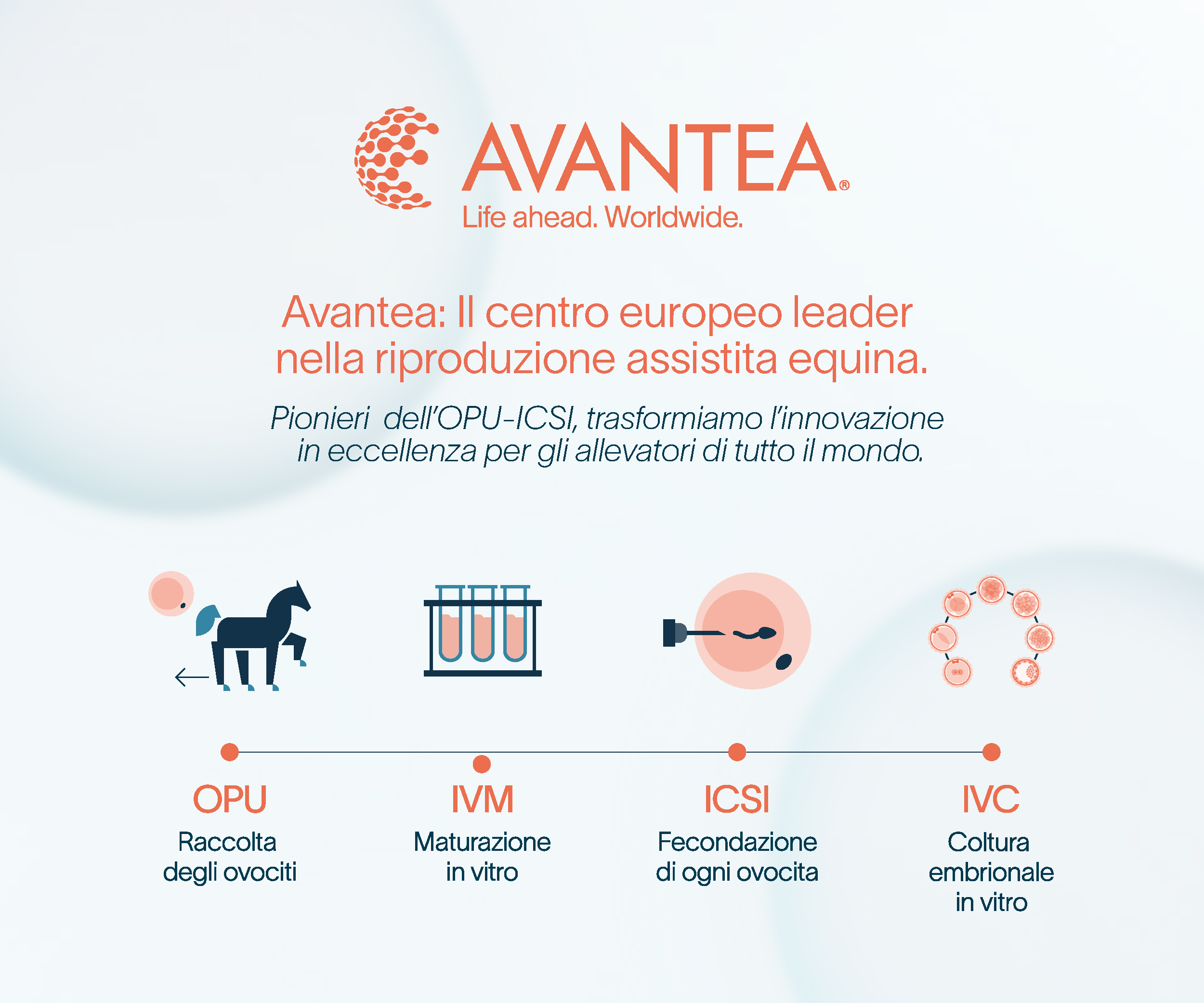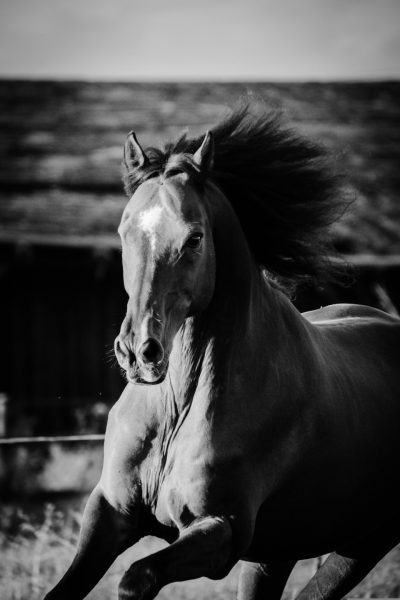
The Evolution of Orthopedic Shoeing

When Technology Meets Tradition: How Our Horses’ Feet Are Changing
There’s an old saying in the horse world that never goes out of style: “No foot, no horse.” And for anyone who works with horses every day,
it’s more than just a phrase. It’s a rule — for performance, for health, for longevity. The foot is the foundation — quite literally — of everything else.
In recent years, orthopedic shoeing has changed dramatically.
We’ve gone from a mostly hands-on craft, shaped by the farrier’s experience and intuition, to a much more scientific, collaborative, and customized approach. Today, thanks to biomechanics, advanced diagnostics, and even 3D printing, we can intervene with a level of precision that would have been unimaginable just a few years ago. But let’s start from the ground up.
Biomechanics: Understanding How a Horse MovesEvery horse moves in its own distinct way. That movement — graceful or powerful, fluid or cautious — is shaped by countless factors: conformation, age, workload, the footing underfoot, even subtle muscular compensations that arise from discomfort. Watch closely as a hoof touches the ground, and you’ll witness a split-second exchange of forces, angles, pressure, and instinctive adjustments. Equine biomechanics is the key to unlocking these details. It helps us understand how weight is distributed, which part of the foot bears the brunt of the impact, whether there’s imbalance, overload, or an unnatural rotation. Most importantly, it allows us to detect the earliest signs of dysfunction — often before pain or lameness appear.In the world of modern orthopedic shoeing, a horseshoe is no longer just a piece of protection or correction. It’s a listening device. A well-designed shoe is crafted to restore harmony to movement, to release hidden tension, and to let the horse rediscover the natural rhythm of its stride. Addressing the hoof today means addressing the whole movement system, enhancing comfort, fluidity, and — above all — reducing the risk of future injury.
Materials That Adapt to the Horse (Not the Other Way Around)
As equine orthopedics has advanced, so too have the materials used in horseshoeing. The traditional forged iron — long the symbol of the farrier’s craft — now shares the stage with a new generation of materials designed to meet the biomechanical needs of the modern sport horse.
Aluminum is prized for its lightness and its ability to reduce strain on the limbs. Composite materials, carefully engineered blends of polymers and fibers, offer intelligent flexibility that supports the foot’s natural movement, promoting a more balanced stride. Heat-moldable resins, often paired with technical rubber inserts, allow for custom-fit solutions that absorb shock, cushion impact, and help redistribute pressure across the sole. Then there’s carbon fiber — lightweight yet remarkably strong — ideal for high-performance horses under intense physical demand.
These materials don’t just “correct” the hoof — they work in harmony with the entire musculoskeletal system. They influence posture, lighten movement, and support joint mechanics, playing a key role in preventing overload and microtrauma.
In a sense, we can now say that it’s the material that adapts to the horse — no longer the horse forced to adapt to the shoe. A quiet revolution, perhaps, but a powerful one — and it begins at the foundation: the hoof.
From Forge to Files: The Digital Revolution
But the real game-changer has been technology. Today, a hoof can be scanned in 3D, digitally analyzed using CAD software, and a custom shoe can be designed with millimeter-level accuracy. That design is then brought to life via CAM systems or 3D printing. It may sound futuristic, but this is already happening in top equine clinics and performance centers.
The result is total customization. Each horse, each hoof, each clinical case can have a completely tailor-made solution — produced quickly, which is crucial for sport horses where every day of rest counts.
The Power of Prevention
Another major shift in mindset is the rise of preventive shoeing. Thanks to early diagnostics — ultrasound, digital X-rays, barometric platforms — we can spot minor issues before they become real problems. A small change in balance or pressure distribution, applied at the right moment, can prevent serious injuries down the road.
Technology doesn’t replace the skilled eye of a farrier or vet — it enhances it, supports it, and makes it even more precise.
A New Alliance: Vet, Farrier, and Therapist
Orthopedic shoeing is no longer a one-person job. It’s now a team effort. Veterinarians, farriers, physiotherapists, osteopaths — each brings a unique perspective, and together they build a strategy that’s specific to that individual horse, at that exact moment in its career or recovery.
This integrated approach is what makes the difference. It’s not just about “putting on a shoe” — it’s about building a long-lasting foundation of health and performance.
What Comes Next?
The path forward is clear: more personalized shoes, lighter materials, better integration between the hoof and the rest of the body. But perhaps most importantly, a return to listening — to how the horse moves, reacts, and expresses discomfort.
At the end of the day, technology is just giving us better tools to do what we’ve always tried to do: understand our horses, protect them, and guide them — whether it’s back to health or toward the winner’s circle.
Alessia Niccolucci
© Rights Reserved.





.png)
